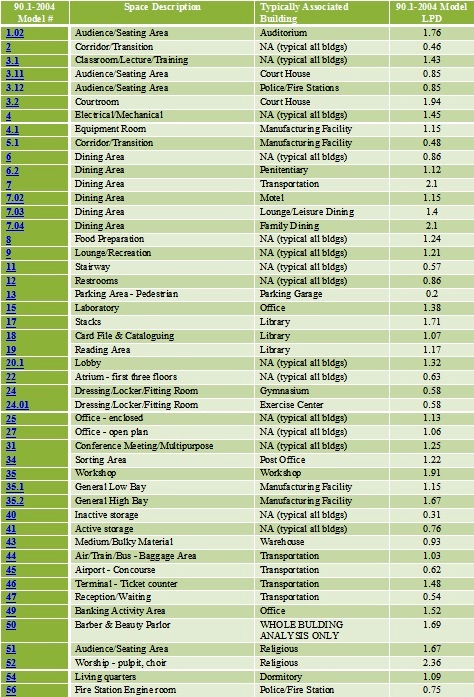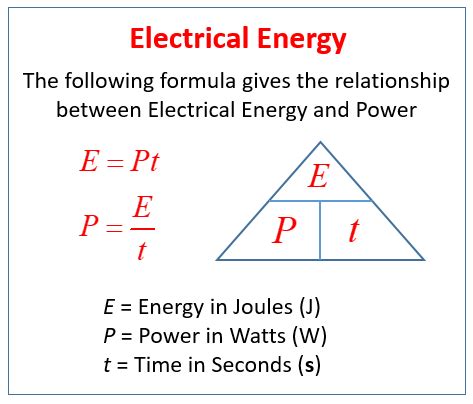Power calculations are a crucial aspect of electrical engineering, as they enable the design and optimization of electrical systems to ensure efficient and safe operation. In this article, we will delve into the world of power calculations, exploring the fundamental concepts, formulas, and applications that underpin this essential field. With a deep understanding of power calculations, engineers can create systems that minimize energy losses, reduce costs, and maximize performance.
Key Points
- Understanding the basics of power calculations, including active, reactive, and apparent power
- Applying power calculation formulas to solve problems in electrical engineering
- Recognizing the importance of power factor correction in minimizing energy losses
- Utilizing power calculations to optimize electrical system design and performance
- Exploring the role of power calculations in emerging technologies, such as renewable energy systems
Introduction to Power Calculations

Power calculations involve the measurement and analysis of electrical power, which is a fundamental concept in electrical engineering. Electrical power is the rate at which electrical energy is transferred by an electric circuit, and it is typically measured in watts (W). There are several types of power, including active power, reactive power, and apparent power, each with its own unique characteristics and applications. Active power, also known as real power, is the power that performs work, such as powering a motor or lighting a bulb. Reactive power, on the other hand, is the power that flows back and forth between the source and the load without performing any work. Apparent power is the vector sum of active and reactive power, and it represents the total power flowing through a circuit.
Power Calculation Formulas
The calculation of power involves several formulas, each with its own specific application. The most common power calculation formulas are:
- P = VI, where P is the active power, V is the voltage, and I is the current
- Q = VI sin(φ), where Q is the reactive power, V is the voltage, I is the current, and φ is the phase angle between the voltage and current
- S = VI, where S is the apparent power, V is the voltage, and I is the complex conjugate of the current
These formulas provide a foundation for understanding and analyzing electrical power systems, and they are widely used in the design and optimization of electrical systems.
| Power Type | Formula | Unit |
|---|---|---|
| Active Power | P = VI | Watts (W) |
| Reactive Power | Q = VI sin(φ) | Var |
| Apparent Power | S = VI* | Volt-Amperes (VA) |

Power Factor Correction

Power factor correction is a technique used to minimize energy losses in electrical power systems. The power factor (PF) is the ratio of active power to apparent power, and it is an essential parameter in determining the efficiency of an electrical system. A low power factor can result in increased energy losses, reduced system capacity, and decreased overall efficiency. Power factor correction involves the use of capacitors or other devices to compensate for reactive power and improve the power factor. By improving the power factor, engineers can reduce energy losses, increase system capacity, and improve overall efficiency.
Applications of Power Calculations
Power calculations have a wide range of applications in electrical engineering, from the design of electrical systems to the optimization of renewable energy systems. Some of the key applications of power calculations include:
- Electrical system design: Power calculations are used to determine the required size and rating of electrical components, such as transformers, generators, and transmission lines.
- Power factor correction: Power calculations are used to determine the required capacitance or other devices needed to correct the power factor and minimize energy losses.
- Renewable energy systems: Power calculations are used to optimize the performance of renewable energy systems, such as solar and wind power systems.
- Energy efficiency: Power calculations are used to evaluate the energy efficiency of electrical systems and identify opportunities for improvement.
What is the difference between active and reactive power?
+Active power, also known as real power, is the power that performs work, such as powering a motor or lighting a bulb. Reactive power, on the other hand, is the power that flows back and forth between the source and the load without performing any work.
Why is power factor correction important?
+Power factor correction is important because it helps to minimize energy losses in electrical power systems. A low power factor can result in increased energy losses, reduced system capacity, and decreased overall efficiency.
How are power calculations used in renewable energy systems?
+Power calculations are used to optimize the performance of renewable energy systems, such as solar and wind power systems. By understanding the power characteristics of these systems, engineers can design and optimize the systems to maximize energy production and minimize energy losses.
In conclusion, power calculations are a fundamental aspect of electrical engineering, and they play a critical role in the design and optimization of electrical systems. By understanding the basics of power calculations, applying power calculation formulas, and recognizing the importance of power factor correction, engineers can create systems that are efficient, safe, and reliable. As the demand for electrical energy continues to grow, the importance of power calculations will only continue to increase, making it an essential skill for electrical engineers to master.



